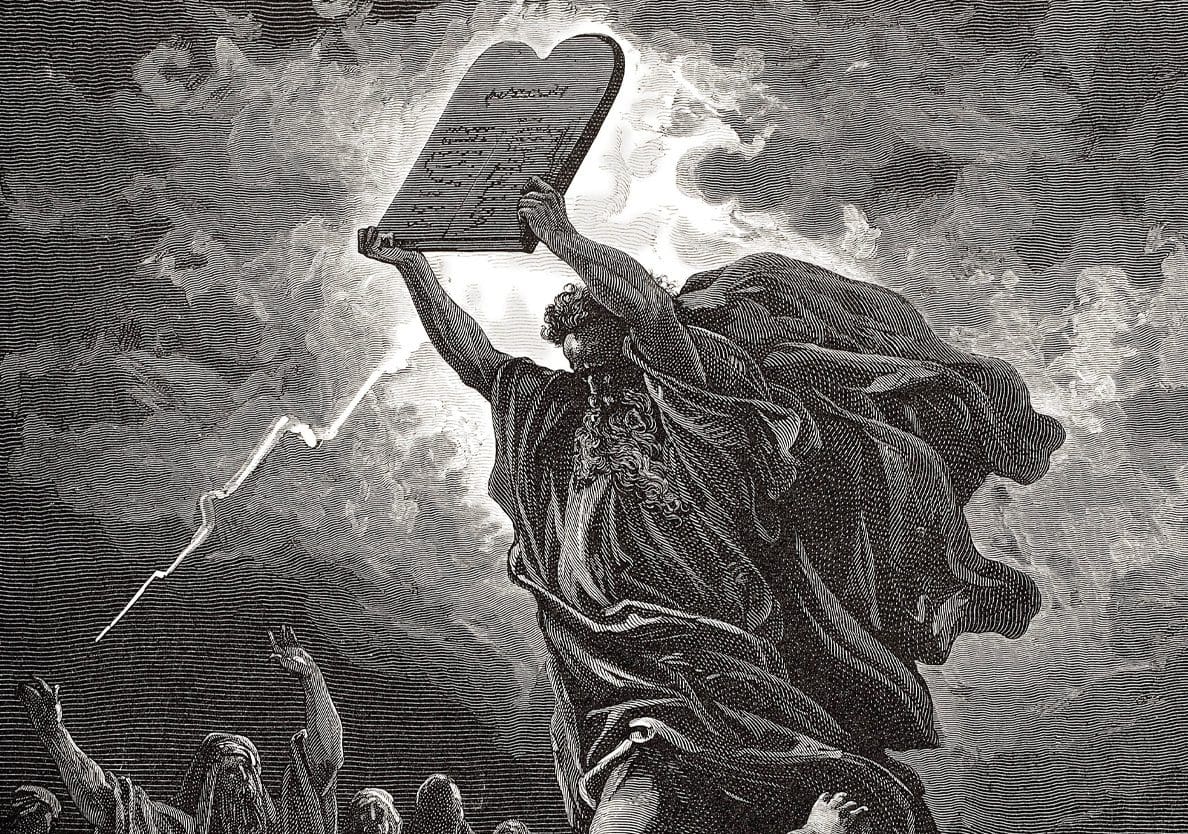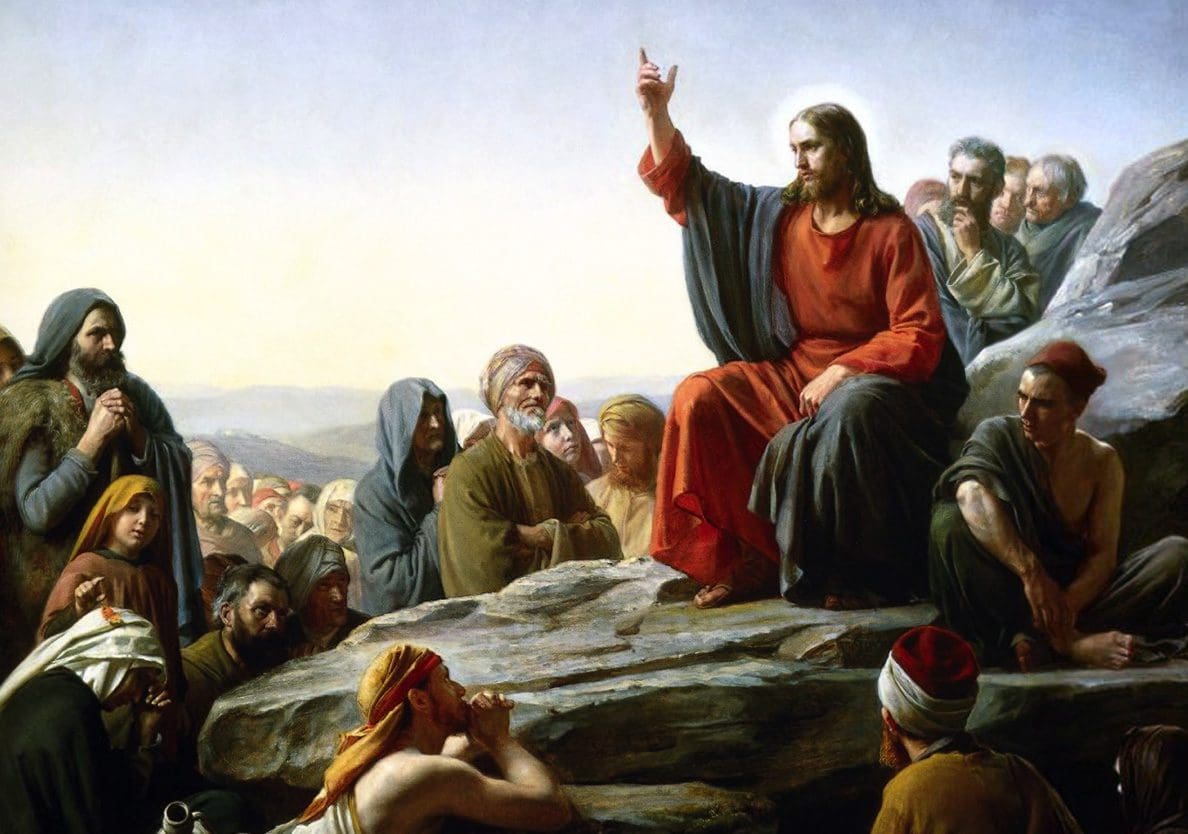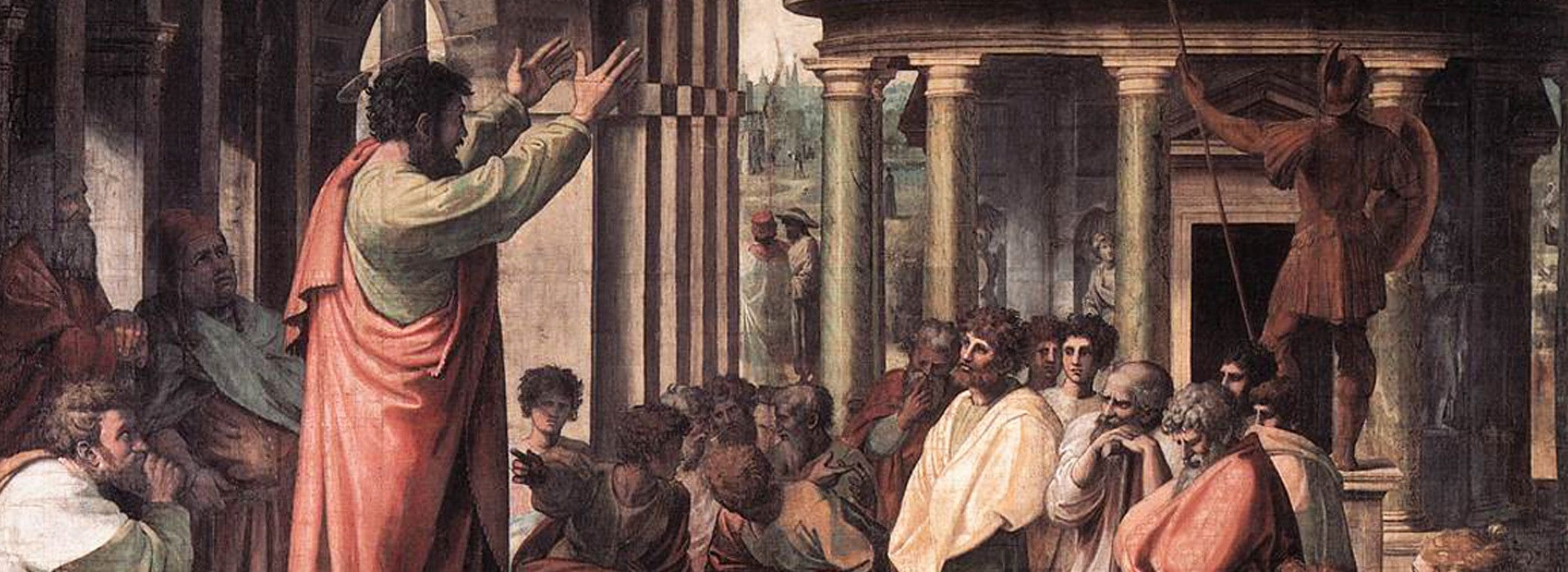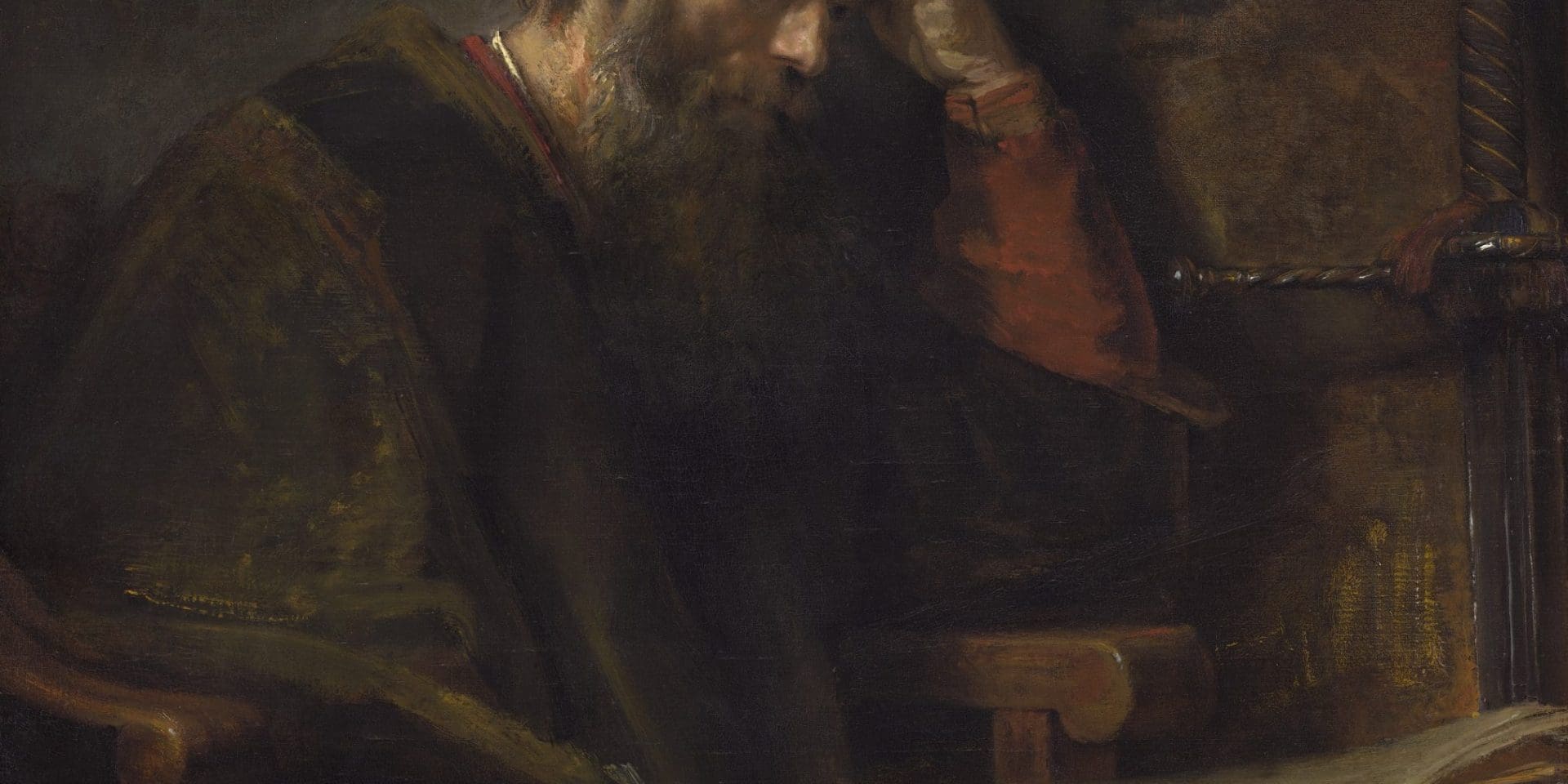In the third chapter of Paul’s second letter to the church at Corinth, he makes several important contrasts between God’s Old Covenant given through Moses and His new and superior covenant in Jesus Christ.
1. Physically Engraved vs. Spiritually Engraved
He begins by noting that while the Old Covenant was physically engraved on tablets of stone by God (2 Corinthians 3:7; cf. Exodus 34:1 ff.)[1] the New Covenant is spiritually engraved on tablets of human hearts by God’s Holy Spirit (2 Corinthians 3:3). Paul here probably has in mind the prophecy of Jeremiah 31:31-34 which promises “a new covenant where the will of God will be written on people’s hearts. Paul understands the church as the fulfillment of this prophetic vision.”[2]
2. Condemnation and Death vs. Righteousness and Eternal Life
Paul also notes that while the Old Covenant brought condemnation and death the New Covenant brings righteousness and gives life, because, as Dr. Charles Stanley puts it, “The Law revealed God’s righteous requirements to us—standards we could never hope to meet on our own (Rom. 7:7). The Spirit, on the other hand, gives us life because He draws us to faith in Christ’s provision on the Cross.”[3]


3. Glory vs. Greater Glory
A third contrast Paul makes is that while the Old Covenant certainly came with glory, the New Covenant came with greater glory— “surpassing glory” even (v. 7-10). Although the Old Covenant came with such glory that the Israelites could not even look upon the radiance of Moses’ face, by comparison, the New Covenant came with even more glory. These lesser and greater glories can be likened to the lesser and greater lights. The moon is radiant but, “If the sun is up, the moon no longer seems bright.”[4]
4. One vs. Many
Also notice that with the Old Covenant one man (Moses) saw and then reflected God’s glory, but with the New Covenant all believers see and then reflect God’s glory (Exodus 34:29; 2 Corinthians 3:18).
5. Displayed Outwardly vs. Displayed Inwardly
With the Old Covenant, this glory was displayed outwardly on the face. But in the New Covenant it is displayed inwardly in the character (v.18).
6. Temporary vs. Eternal
Another thing Paul notes is that while the Old Covenant was temporal and passes away, the New Covenant lasts (v.7, 11). In fact, the Old Covenant was never given with the intention of being everlasting but was meant to be fulfilled and succeeded by the Messiah, Jesus. Even though the face of Moses shone radiantly with the glory of the LORD as a result of being in His presence, this glory eventually faded. However, the glory of the New Covenant doesn’t fade away but rather increases until the believer gains through resurrection a glorious body like Christ. (Philemon 3:21).[5] According to Paul, this fading glory of the Old Covenant is actually the main reason why Moses veiled his face from the people: “that the Israelites might not gaze at the outcome of what was being brought to an end” (v.13). Sadly, this veil (which symbolizes a spiritual dulling or blindness and even unbelief) still remains on Israel to this day because they have rejected the One who took the veil away. As Paul says, “[this] same veil remains unlifted in the reading of the Old Testament, because the veil is taken away [only] in Christ” (v.14).

7. Veiled Symbols vs. Unveiled Substance
As a matter of fact, “Moses did not have the confidence or boldness of Paul because the Old Covenant was veiled. It was shadowy. It was made up of types, pictures, symbols, and mystery. Moses communicated the glory of the Old Covenant with a certain obscurity (cf. 1 Pet. 1:10, 11)” (emphasis mine).[6] In contrast, believers under the New Covenant can be bold and confident because the obscure types and shadows have been gloriously revealed in the substance and person of Jesus Christ. In this spirit of boldness, John MacArthur actually goes so far as to say that “Without Christ the OT is unintelligible. But when a person comes to Christ, the veil is lifted and his spiritual perception is no longer impaired (Is. 25:6–8). With the veil removed, believers are able to see the glory of God revealed in Christ (John 1:14). They understand that the law was never given to save them, but to lead them to the One who would.”[7]
Regarding this unveiling, I love how Dr. Charles Stanley describes what Jesus accomplished: “On the Day of Atonement, the high priest would enter in behind the veil of the Holy of Holies and stand before God. No one else was permitted to enter. Bells lined the hem of his garment and a rope was tied around his ankle, so if he were to die in the Lord’s divine presence, the other priests could remove him from the Holy of Holies without going in themselves. During the Crucifixion, however, the veil in the temple was rent from top to bottom—showing that Jesus’ death on the Cross removed the separation between God and man. Today, when we turn to Him in faith, God welcomes us into His presence, and there is no need to fear (Heb. 4:16).”[8] Hallelujah!

Ryan Hembree is a daily co-host, speaker, and writer of Bible Discovery. He also hosts a YouTube channel that shows the unity of the Bible and how science and Scripture fit together. Ryan also has an honorary Masters of Ministry in Creation Science from Phoenix University of Theology.
[1] This a reference to the Ten Commandments and the Mosaic Law as a whole.
[2] Walter Kaiser Jr., Hard Sayings of the Bible, 619
[3] Charles Stanley, NASB Charles F. Stanley Life Principles Bible Notes, Life Lessons 2 Corinthians 3:6 – The letter kills, but the Spirit gives life.
[4] Murray J. Harris, NIV Biblical Theology Study Bible, Note on 2 Corinthians 3:7-11, 2085-6
[5] Murray J. Harris, NIV Biblical Theology Study Bible, Note on 2 Corinthians 3:18, 2086.
[6] John MacArthur, NKJV John MacArthur Study Bible, 2nd Edition, Note on 2 Corinthians 3:13.
[7] John MacArthur, NKJV John MacArthur Study Bible, 2nd Edition, Note on 2 Corinthians 3:14.
[8] Charles Stanley, NASB Charles F. Stanley Life Principles Bible Notes, Life Lessons 2 Cor. 3:16 – Whenever a person turns to the Lord, the veil is taken away.






